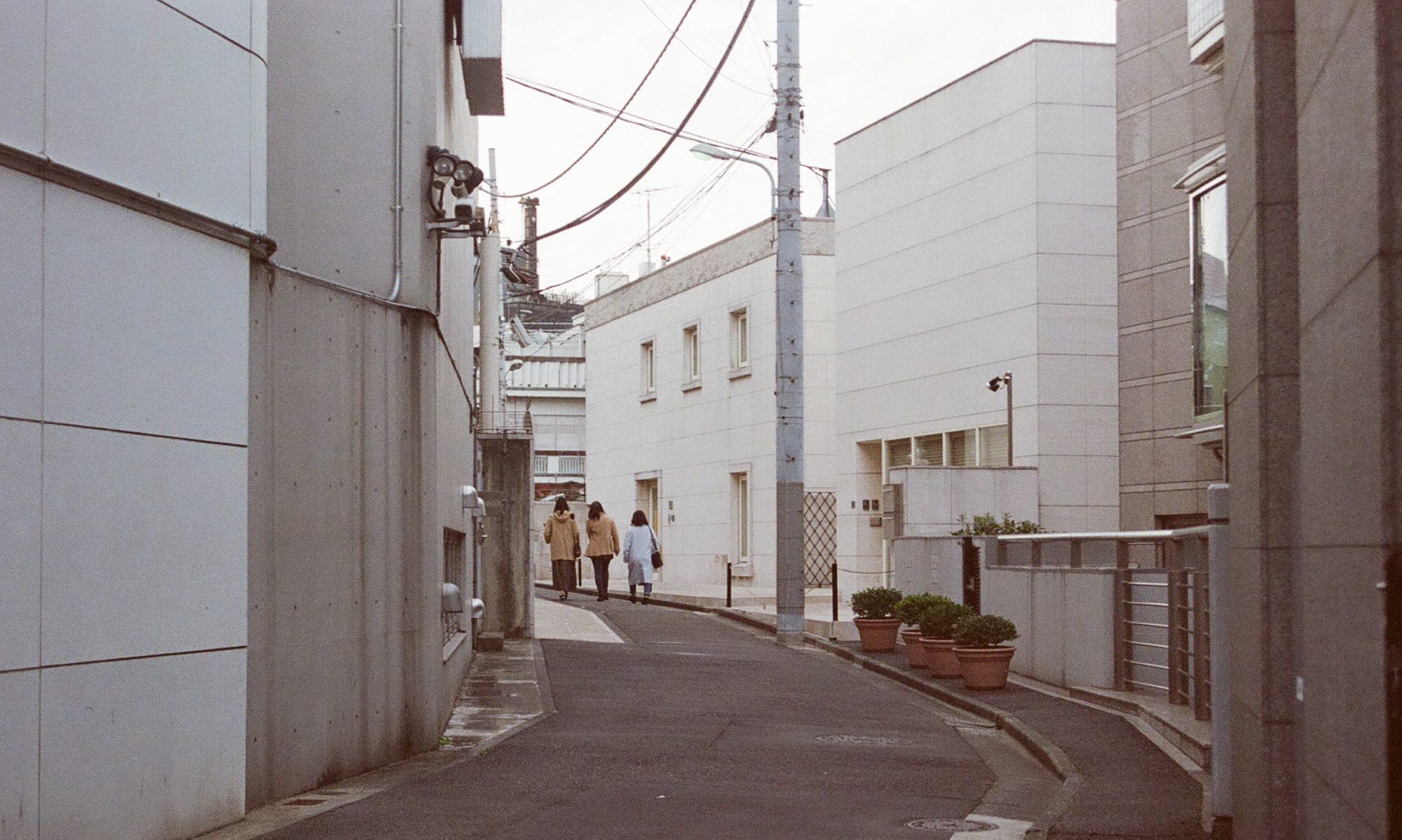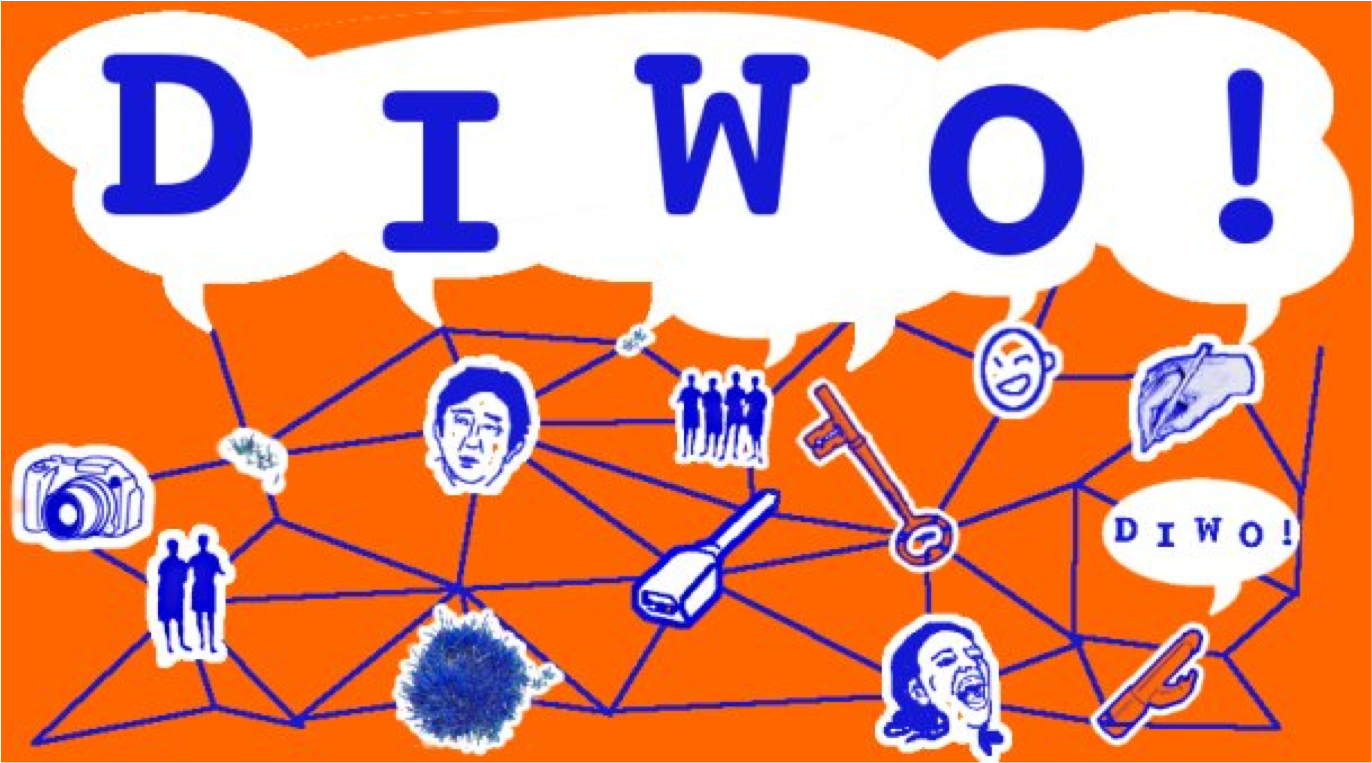Image: http://ruthcatlow.net/?works=160
Maker Culture – DIWO
Do It With Others is an approach that promotes the integration of practices across different sources to create composite experiences in art-making. The process of art is as crucial as the artwork itself, the experience is seen as “living art”. By challenging the traditional roles of artist and curators, DIWO calls for the mixing of roles and platforms to transform and create new networks of art. Sharing the concept of open source, “source materials” are available to all. These sources, either digital networks or shared physical environments, can be used freely by any artists to aid their work and to increase the connectivity and collaboration between peers across the industry. Through distribution and peer-review, the sharing of perspectives allows for artists to be part of a wider social culture across art.
Explored in the essay, Furtherfield exhibits the DIWO culture in their artist-led group, aiming to bring to light the cultural value of collaborative artistic efforts through technology. They develop methods and technologies for artists, technologists and academics to work together to expand the possibilities of art. Furtherfield aim to provide”Artware”, software platforms for creating art, to close the gap between artists and audience. The role of the “audience” goes beyond one of viewing to one of “co-producer”, where the extent in which interaction influence the work is challenged.
Through DIWO culture, we can shift of the art world to one with greater social perspective, where artworks are no longer to be looked at or admired. In line with open source thinking and DIWO culture, artists are seeking for alternative and collaborative opportunities to increase the interactivity and connection across all parties in the art world. The roles of artist, audience, curators are being blurred as the way art is constructed, presented and distributed changes. The introduction of the Internet and social media provides a new platform to art to be created and presented, bringing in new realms such as “online” and”real-time” art. However, to what extent the works produced over such new platforms considered as art? Do the new technologies and the Internet replace the physical aspect of art? Can these online collaborations be considered as art or merely interactive projects?
We saw the way art change from traditional mediums to installations and performance art to participatory art as our world grows more interconnected. DIWO and Furtherfield are preparing us and providing the tools for art to embrace the new fields of digital, online and real-time art that connects individuals across the globe.

